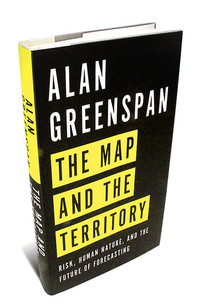(p. A9) Even in death, Donald Panoz defied convention. His family reported that Mr. Panoz, 83 years old, died of pancreatic cancer Sept. 11 [2018] at his home in Duluth, Ga., after he “enjoyed his last cigarette.”
The red-haired entrepreneur, an apostle of Ayn Rand, founded Elan Corp., which developed technology used in nicotine skin patches used to wean people from cigarettes.
. . .
“I never become hostage to anything I do,” he told the Atlanta paper. “Progress isn’t made by looking in the rearview mirror.”
. . .
His partner in founding Mylan, Milan “Mike” Puskar, once summed up Mr. Panoz this way: “There’s nothing college could have taught him. Don has vision, and you can’t teach vision. He’s not a technical person, but he’s a master salesman. He always wanted to know: Why not?”
Donald Eugene Panoz (pronounced PAY-nose) was born Feb. 13, 1935, in Alliance, Ohio, and grew up in West Virginia and Pittsburgh.
. . .
Mr. Panoz . . . moved his family to Ireland in 1969 to set up Elan, whose research projects included delivery of medicine via skin patches. He chose Ireland partly because it offered lower taxes and less red tape. Elan initially was known for reformulating medicines developed by other companies and later pursued research on drugs for multiple sclerosis and other diseases.
. . .
His business successes, he told the Scotsman newspaper in 2002, were “just about being able to recognize an opportunity.” He added: “We’ve had plenty of failures, too. We just don’t talk about them. It’s best to leave them behind.”
. . .
In line with his libertarian leanings, Mr. Panoz gave out copies of Ayn Rand’s “Atlas Shrugged” to his children and many others.
For the full obituary, see:
James R. Hagerty. “‘Restless Entrepreneur Founded Elan and Mylan.” The New York Times (Saturday, Sept. 29, 2018): A9.
(Note: ellipses, and bracketed year, added.)
(Note: the online version of the obituary has the date Sept. 28, 2018, and has the title “‘Don Panoz Hopped From Pharmaceuticals to Wine, Resorts and Race Cars; Entrepreneur helped found Mylan and built Elan before setting up a winery and resort in northern Georgia.” The passages above, after the word “mirror,” appear in the online, but not in the print, version of the obituary.)
The novel by Ayn Rand, mentioned above, is:
Rand, Ayn. Atlas Shrugged. New York: Random House, 1957.

